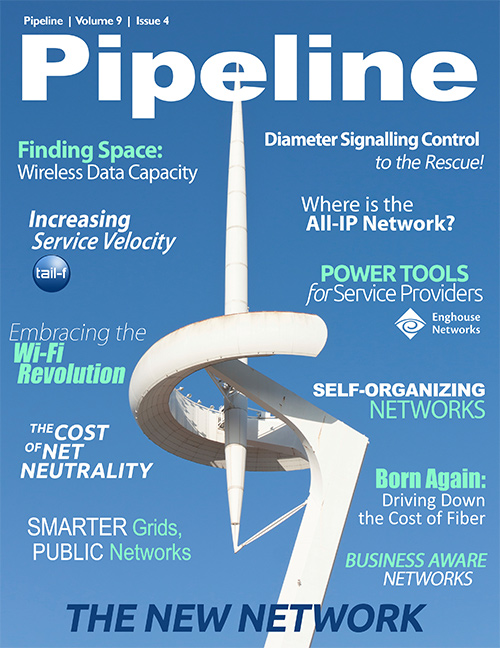Common Ground: Smarter Grids, Public Networks
By: Sam Sciacca

As utilities build more sophisticated power grids, they will require new, improved data networks for a variety of roles, many of which could be served by telecom providers.
Because these two industries have different market drivers and technology paths, they have had an uneasy history of collaboration. But developments on both sides have produced new opportunities.
Having worked with both sides, I can offer a sense of power utilities’ technical requirements, as well as insights on utility culture and a thumbnail history of how the power and telecom industries have interacted over the years.
These insights should provide telecom executives with a better understanding of how to work with their new partners in grid modernization.
Power utilities: where we’ve been
Traditionally, power utilities have built their own private, dedicated networks to meet their need for reliability and security. The Public Utility Holding Company Act of 1935 gave power companies that right because telecoms then could not provide the dedicated utility networks needed.
The one application where utilities did use telecom facilities was leased copper lines from local telecoms, where it was cost effective to do so.
Over time, collaboration was sporadic, driven by the utilities’ view of the costs and benefits. Meanwhile, the telecom industry naturally moved to technologies and markets based on its own business drivers. In the 1990s, telcos marketed control channel on cell towers for a data service known as cellular digital packet data or CDPD. Some utilities began adopting this for non-critical SCADA (supervisory control and data acquisition), but as the telcos marketed that service to other parties, performance dropped and the service no longer met the utilities’ needs. Ultimately, a number of telco CDPD offerings were abandoned by the providers, leaving the utilities to unwind the investment they had made in the system. Utilities require service offerings that will last decades; the CDPD experience was further indication that utilities need to insulate themselves from short-term telecom strategies and commercial drivers outside of their control.
Similarly, cable companies tried to sell bandwidth to utilities for distribution automation but found entertainment more profitable and didn’t offer the level of support that electric utilities required. Different details, same result.
More recently, some telcos have announced the phasing out of the copper wire business. Utilities who use these circuits for mission critical services must now incur the expense and labor to
engineer their systems to use other technologies, underscoring the vulnerability they face by adopting third-party communications offerings due to changing telco market directions.





















